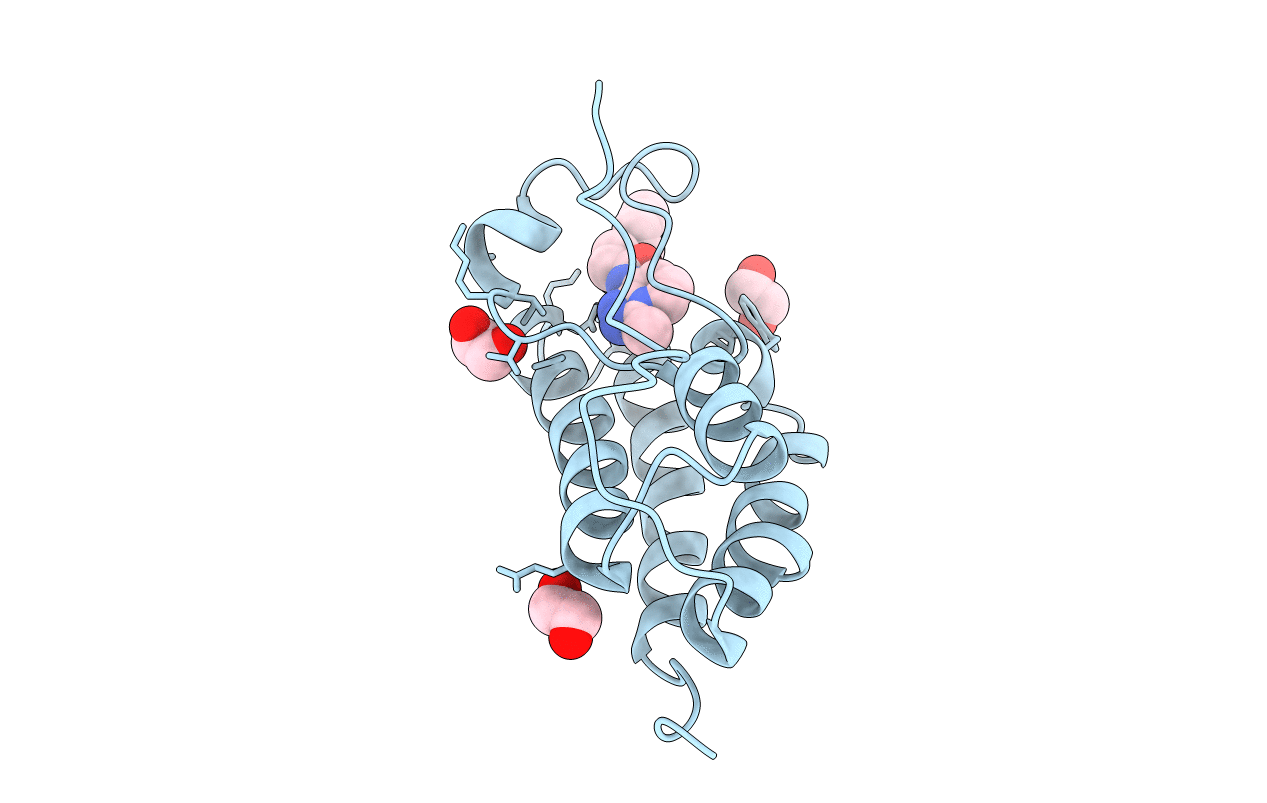
Deposition Date
2020-09-02
Release Date
2020-10-21
Last Version Date
2024-05-01
Entry Detail
PDB ID:
7A9U
Keywords:
Title:
N-TERMINAL BROMODOMAIN OF HUMAN BRD4 WITH 3-(3-(but-3-yn-1-yl)-3H-diazirin-3-yl)-N-(3-methyl-[1,2,4]triazolo[4,3-a]pyridin-8-yl)propanamide
Biological Source:
Source Organism:
Homo sapiens (Taxon ID: 9606)
Host Organism:
Method Details:
Experimental Method:
Resolution:
1.44 Å
R-Value Free:
0.21
R-Value Work:
0.18
Space Group:
P 21 21 21


